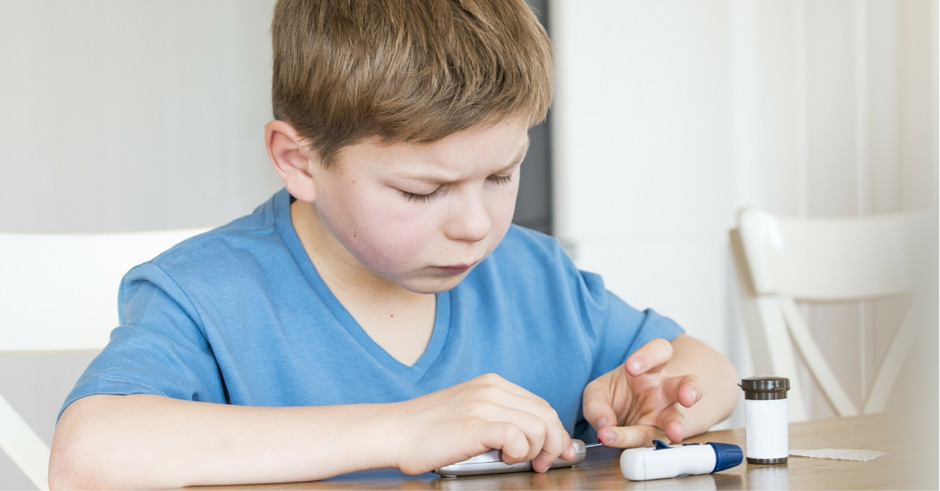Nosebleeds occur when one of the many blood vessels which line the nose bursts. They can be caused by numerous factors such as infections, injuries, allergic reactions, nose picking, or by pushing objects into the nostrils. The medical term for a nosebleed is epistaxis. It may be common in children and fortunately does not always indicate an underlying problem.
The septum is the firm tissue between both the nostrils and divides the nose into two halves. The blood vessels within the septum are tiny, very fragile, and can easily burst. In children, nosebleeds tend to be from only one side. Usually, most children end up growing out of the condition, however, if the bleeds are heavy, prolonged, or don’t stop with appropriate first aid measures then you should seek professional medical help.
Symptoms And Causes Of Nosebleeds
People suffering from a nosebleed may notice the sensation of liquid flowing down the back of the throat and have the urge to swallow frequently, along with the obvious bleeding from either one or both nostrils.
Various factors can cause nosebleeds such as:
- Fragile blood vessels, which bleed easily and may be triggered by warm air or exercise
- Infections in the lining of the nose, sinuses or adenoids
- Allergies which cause hayfever and coughing
- Injuries caused by bumps and falls, or even from nose picking
- Trauma from objects which have been pushed up into the nostril
- High blood pressure
- Underlying medical conditions that cause bleeding or clotting
How To Treat A Nosebleed
To manage a nosebleed, follow these steps:
- Reassure the person with the nosebleed, especially if it is a child who is crying, as crying can increase blood flow and worsen the bleed.
- Have the person sit upright and drop their head down forward.
- Apply mild pressure with your finger and thumb onto the soft part of the nostrils (below the bridge of the nose) for at least ten minutes.
- Encourage the person to carry on breathing as normal through their mouth.
- You can loosen any tight clothing around the neck and place a cold pack on the person’s forehead or around their neck to make them more comfortable.
- Once the ten minutes are up, release the pressure on the nostrils, check and ensure that bleeding has completely stopped.
- If the bleeding persists, seek medical attention.
The person with the nosebleed should be asked not to sniff or blow their nose for at least another fifteen minutes. This is so that the blood clot has some time to stabilize. Young children may find it difficult to avoid sniffing and blowing their nose as the sensation of clotted blood in the nose can be unpleasant. Also, avoid nose picking for the rest of the day so that the broken blood vessel can heal and does not burst again.
If your child is having frequent nosebleeds, then see a doctor so that they can rule out or treat any underlying medical conditions. Sometimes frequent nosebleeds can occur in response to infections and may require antibiotic ointments or medication for treatment.




